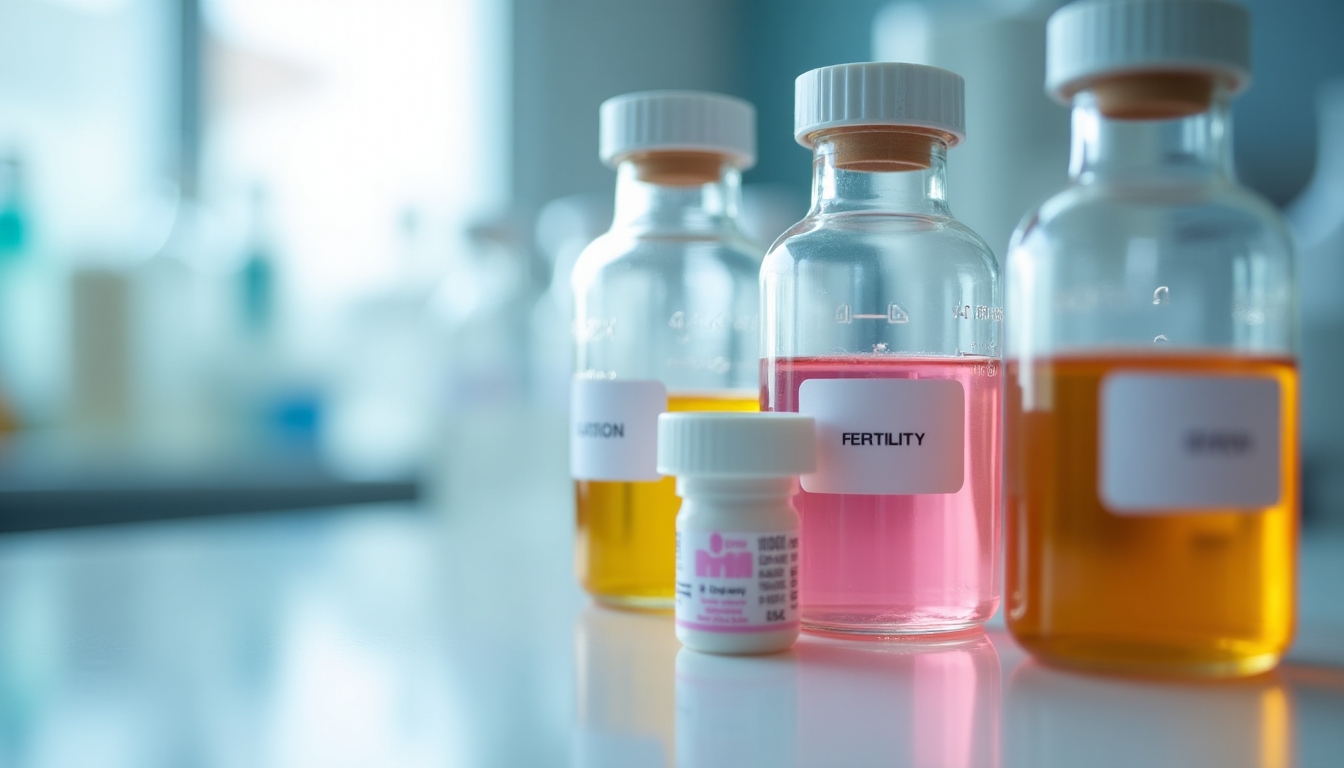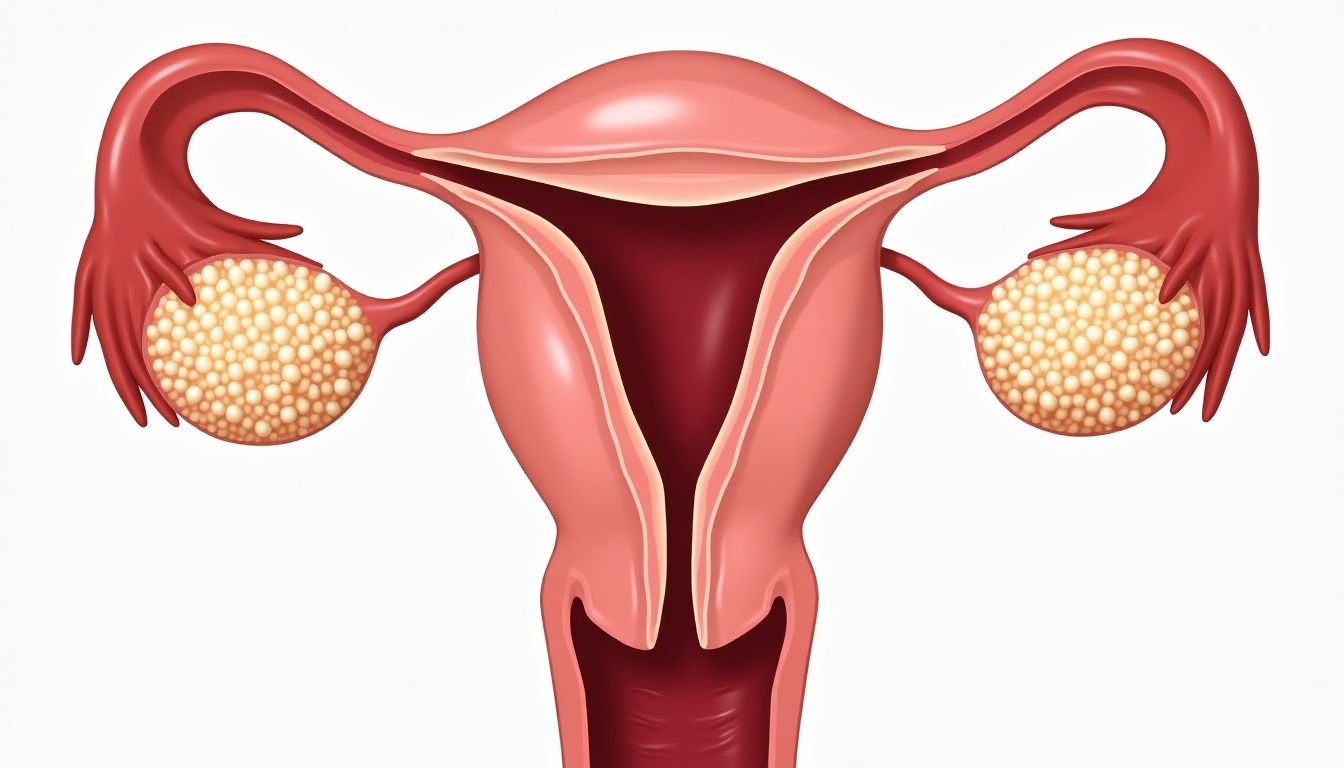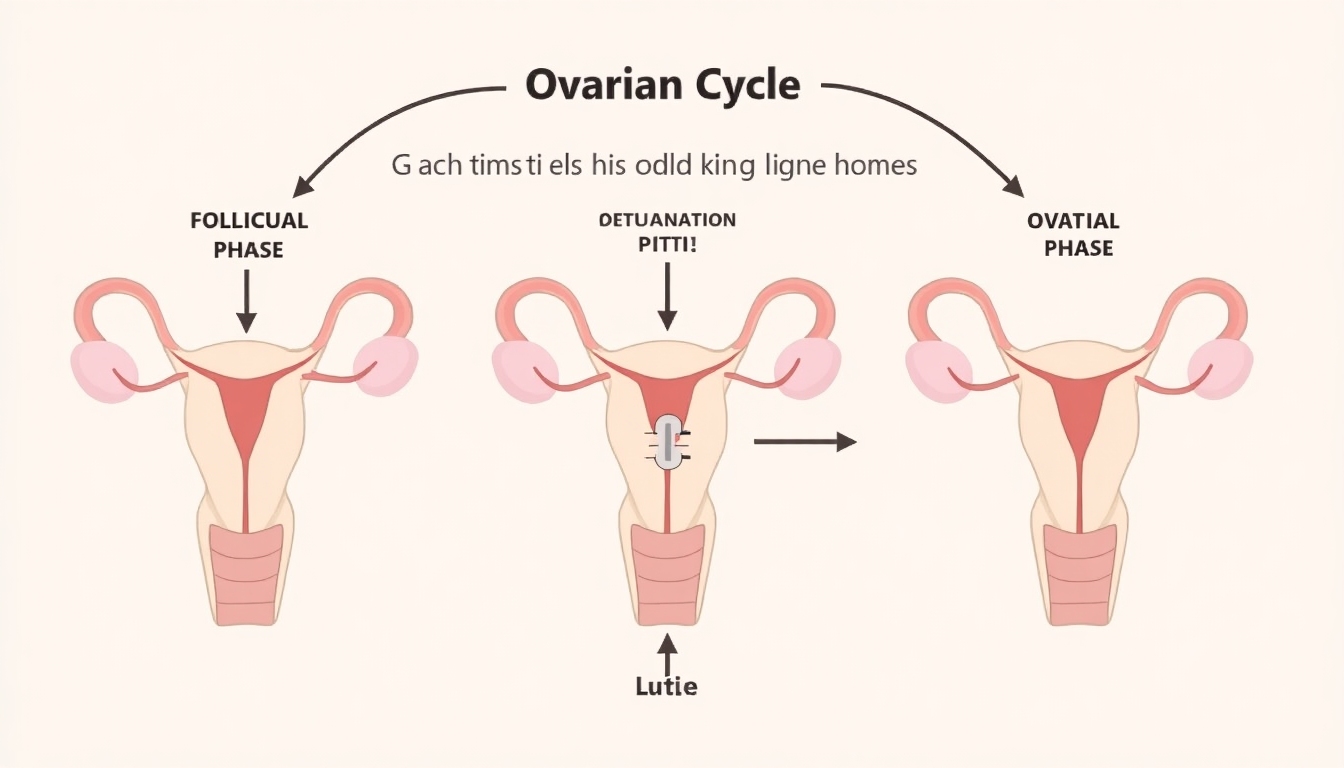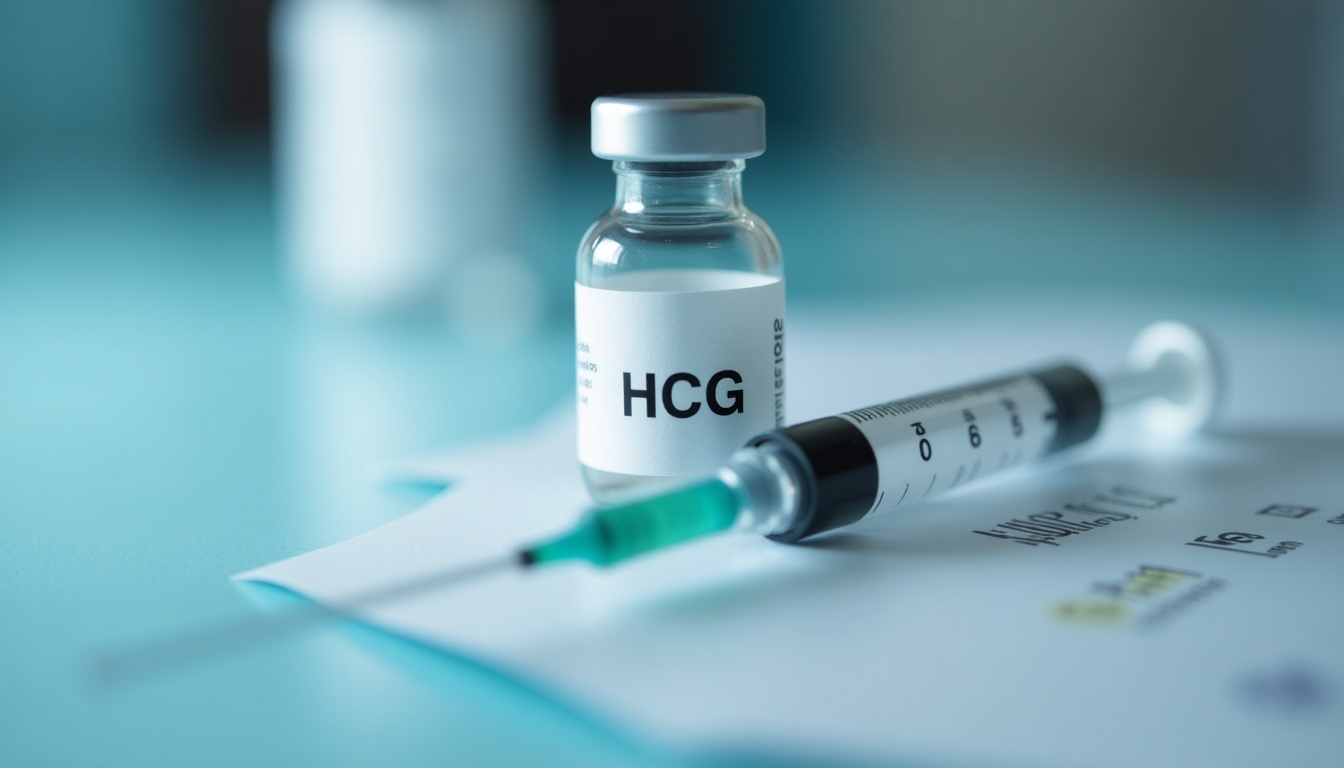Understanding Gonadotropins in Fertility Treatments
Feb. 15, 2025, 5:05 p.m.
Understanding Gonadotropins in Fertility Treatments
When discussing fertility treatments, gonadotropins frequently appear as a central topic. These potent fertility drugs play a crucial role in helping individuals overcome infertility challenges.

Gonadotropins are hormones that stimulate the ovaries in women and testes in men. They are primarily used in fertility treatments to encourage the ovaries to produce mature eggs. Understanding the types of gonadotropins, their functions, and how they fit into the journey toward conception is vital for those facing infertility challenges.
Types of Gonadotropins
Outlined below are the main types of gonadotropins used in fertility treatments:
- Human Chorionic Gonadotropin (hCG): Often used to trigger ovulation
- Follicle Stimulating Hormone (FSH): Stimulates growth of ovarian follicles
- Luteinizing Hormone (LH): Works with FSH to control menstrual cycle

Follicle Stimulating Hormone (FSH)
FSH plays a pivotal role in the development of eggs in the ovaries. By administering FSH, fertility specialists aim to stimulate the growth of ovarian follicles, potentially increasing the chances of conception. Women with irregular menstrual cycles or polycystic ovary syndrome (PCOS) might be particularly encouraged to explore FSH treatments.
Dosage and Administration: - Typically administered via injection - Follow the medical professional's dosing schedule closely - Commonly combined with other hormonal treatments

Luteinizing Hormone (LH)
LH is another key player in reproductive fertility treatments. It works synergistically with FSH to ensure the proper functioning of the ovarian cycle. While FSH focuses on the follicles' maturation, LH contributes to the final maturation and release of the egg from the ovary.
Usage: - Often used for women experiencing luteal phase defects - Combined with FSH to optimize results - Monitoring is required to track response and adjust doses

Human Chorionic Gonadotropin (hCG)
Known commonly as the "trigger shot," hCG is employed at the tail end of the fertility treatment process. Its main purpose is to stimulate the final maturation and release of the eggs from the follicles, mimicking the action of LH.
Potential Side Effects: - Ovarian hyperstimulation syndrome (OHSS) - Multiple pregnancies - Injection site reactions
The administration of hCG is critical to the timing of the egg retrieval process, making it one of the most pivotal injections in assisted reproductive technology (ART) processes like in vitro fertilization (IVF).

Personal Insights
As a writer who has closely followed the journeys of several women undergoing fertility treatments, I’ve learned that emotions often run high during these processes. Each hormone injection feels like a step closer to hope and family, underscored by stories of both challenges and triumphs. It’s essential to understand and discuss the physiological and emotional impacts of these treatments with fertility specialists. Their expertise is invaluable in navigating this complex journey.
By sharing authentic experiences and embracing the nuances of each treatment, women and their partners could better prepare for the emotional rollercoaster often involved.

Conclusion
Gonadotropins are powerful tools in the realm of fertility treatments, each playing a critical role in different stages of reproductive assistance. Understanding the types of gonadotropins used, and their specific impacts, aids patients in making informed decisions on their fertility journeys. It reflects an intricate balance of science and hope that acutely affects many.
Recommended Readings
- "Navigating Infertility: Coping Strategies for Couples"
- "Understanding the IVF Process: A Step-by-Step Guide"
- "The Emotional Journey of Fertility Treatments"
By exploring these resources, individuals embarking on fertility treatments can gain deeper insights into the process and how to feasibly approach it with peace and optimism.